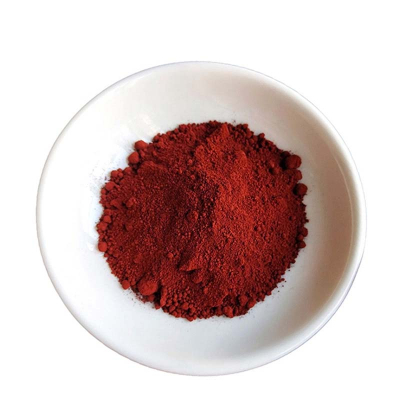Olefins and Aromatics: The Twin Pillars of the Modern Chemical Industry
In the chemical industry, olefins and aromatics stand as the two most fundamental feedstock materials. Polyolefins, derived from olefins, are virtually omnipresent in our daily lives. Characterized by their lightweight yet durable and easily moldable nature, they have shaped a tangible world of plastics — evident everywhere from the packaging films on supermarket shelves to the water pipes buried underground, and from wear-resistant components within automobile engines to the accessible interior fittings.
Meanwhile, aromatics, empowered by their unique hexagonal benzene ring molecular structure, act as versatile performers in the chemical realm. Through the polymerization of PTA (Purified Terephthalic Acid) and EG (Ethylene Glycol) into PET (Polyethylene Terephthalate), they diversify into a spectrum of applications: fiber-grade PET (producing polyester staple fiber for textiles and fillers, and polyester filament for apparel, home furnishings, and tire cord); bottle-grade PET (formed via injection molding and stretch blow molding into packaging containers for water, beverages, and edible oils); and film-grade PET (processed through extrusion and stretching into PET films for food packaging, electrical insulation, and photovoltaic backsheets). This quietly sketches a vast industrial landscape spanning from textile and apparel to advanced manufacturing.
China, being the world's largest chemical production base and most dynamic consumer market, sees the enhanced value creation of its two fundamental raw material sectors—olefins and aromatics—as pivotal to moving its fine chemical industry up the value chain toward high-end, green development. Today, as industrial chains extend further and technological pathways are continuously upgraded, chemical raw materials face dual challenges: they must not only meet enormous market demand but also achieve breakthroughs in quality, performance, and sustainability. Against this backdrop, transformation through green upgrades and intelligent innovation has become an inevitable choice to unlock new growth opportunities for the industry.






